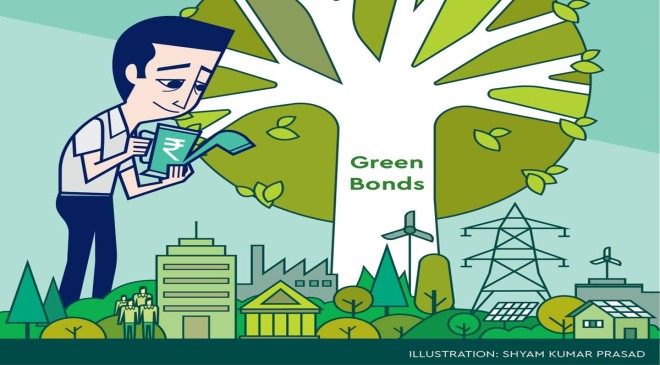Green bonds are issued by environmental groups, corporations, or governments.
Green bonds are gaining popularity in the financial sector. In March this year, HDFC Asset Management Co Ltd filed for India’s first maturity funds tracking Sovereign Green Bonds (SGrBs). Previously, the government issued its first SGrBs. As the term is gaining traction, let’s take a look at what green bonds are and how they function.
Read more:- India Logs 7,178 New Covid-19 Cases, Active Caseload Dips After 69 Days
What are green bonds?
Green bonds are issued by environmental groups, corporations, or governments. The green bonds issued by a government are called Sovereign Green Bonds. They are used to raise money for projects which are environmentally sustainable. These include projects related to renewable energy, sustainable water and waste management, pollution control, green mobility and more.
These bonds are normally fixed interest-bearing financial instruments. They are also referred to as climate bonds.
Green bonds often come with tax incentives to generate interest among investors.
Read More:– SIP calculator: Two small-cap funds turn Rs 10,000/month into Rs 57 lakh in 10 years – 5 points
The World Bank and the European Investment Bank (EIB) gave AAA-rated issuance to the first green bond in 2007. The green bond market hit $ 1 trillion in issuance in December 2020, according to the Climate Bonds Initiative.
Green bonds let governments and groups mobilise large amounts of capital to help transition to a low-carbon economy. The bonds also allow environmentally conscious investors to ensure that their money is utilised for projects that are actually sustainable.
Investors can expect some tax benefits if they put their money in green bonds.
Also Read– Is Current Covid Strain Severe? Vaccine Maker Adar Poonawalla Recommends Booster For Elderly
India’s Sovereign Green Bonds:
Two SGrBs were auctioned by the Reserve Bank of India in January. With a valuation of Rs 4,000 crore each, the bonds had a tenure of five years and ten years, respectively. The proceeds from the bonds, known as the New GOI SGrB 2028 and New GOI SGrB 2033, would be used by the government to finance or refinance expenditures on green projects.
The SGrBs were oversubscribed on their debut, with robust demand from several market participants, primarily banks.
Read More:- Vande Bharat Express: 120 Trains To Be Built in Latur, Says Union Minister Danve
By 2030, India plans to reduce the carbon emissions intensity of its Gross Domestic Product 45 per cent from the 2005 level. It wants to get 50 per cent of its cumulative electric power installed capacity from energy resources which are not fossil fuel-based. In this respect, green bonds can be a useful source for raising funds.
Read all the Latest Business News, Tax News and Stock Market Updates here





































